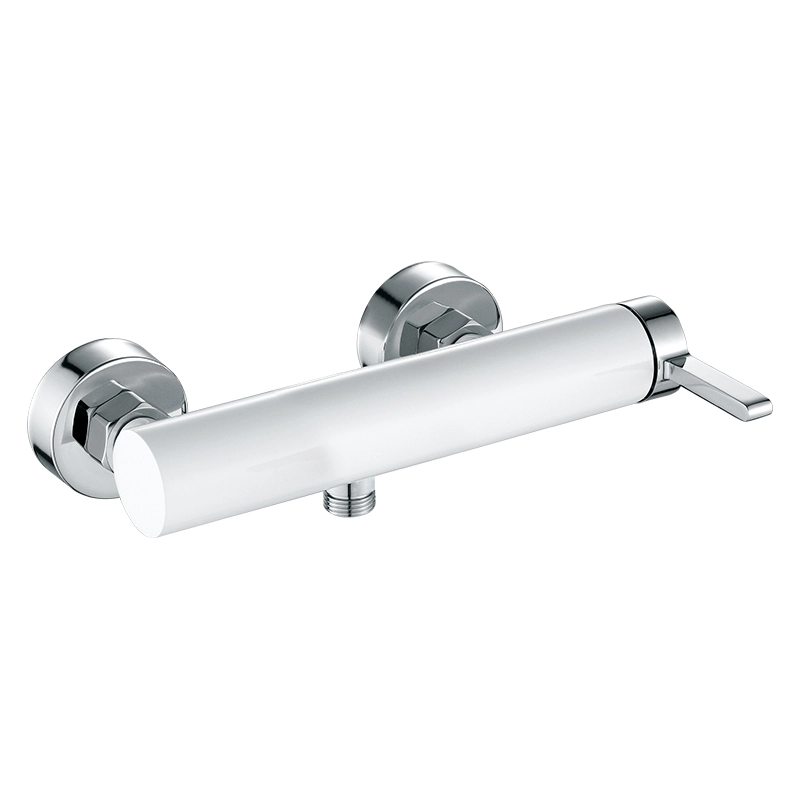The global thermostatic faucet market is poised for significant growth, with projections reaching $12.88 billion by 2030, according to a recent report by Grand View Research. This growth, driven by a 5.4% CAGR from 2025 to 2030, underscores the industry's resilience and adaptability to evolving consumer needs.
Market Dynamics: Asia Pacific Leads the Charge
The Asia Pacific region is emerging as a key driver of this expansion, fueled by rapid urbanization, rising disposable incomes, and a surge in new home constructions and renovations. Demand for high-end products, particularly in luxury hospitality and residential sectors, is propelling the market forward. North America, however, remains a dominant force, accounting for 38.2% of global revenue in 2024, with a strong focus on single-lever mixers and residential applications.
Innovation at the Forefront
Technological advancements are reshaping the industry. Delta Faucets, for instance, has introduced Touch2O technology, enabling touchless activation for enhanced hygiene and convenience. Meanwhile, innovations like smart thermostatic faucets with voice control and memory functions are gaining traction, appealing to health-conscious consumers and modern lifestyles.
A notable development is the integration of high-temperature steam functions in shower systems. A recently patented invention converts hot water into steam, offering a spa-like experience at home, complete with detoxification and improved blood circulation benefits. Such innovations are not only expanding product utility but also setting new benchmarks for user comfort.

Consumer Preferences: Aesthetics Meet Functionality
Today's consumers prioritize both form and function. Elegant designs, chrome finishes, and wall-mounted installations are favored for their space-saving appeal and aesthetic value. Hygiene remains a critical factor, with touchless and antimicrobial features increasingly sought after, particularly in healthcare and public spaces.
Sustainability is another growing concern. Water-saving technologies and compliance with eco-certifications are becoming non-negotiable for many buyers, aligning with global efforts to reduce environmental footprints.
Meanwhile, strategic partnerships and e-commerce adoption are enabling brands to expand their reach. Direct-to-consumer models and social media engagement are fostering deeper customer connections, driving sales, and enhancing brand visibility.
Future Outlook: Hygiene, Smart Tech, and Sustainability
Looking ahead, the thermostatic faucet industry will likely pivot toward smarter, more hygienic solutions. Innovations like AI-driven temperature recommendations, based on user behavior and health data, could revolutionize personalized comfort. Additionally, the integration of IoT for remote monitoring and maintenance may become standard, further enhancing user convenience.
As the market evolves, balancing innovation with environmental responsibility will be crucial. Manufacturers adopting sustainable practices and eco-friendly materials are poised to lead the next wave of growth, appealing to both consumers and regulatory demands.
